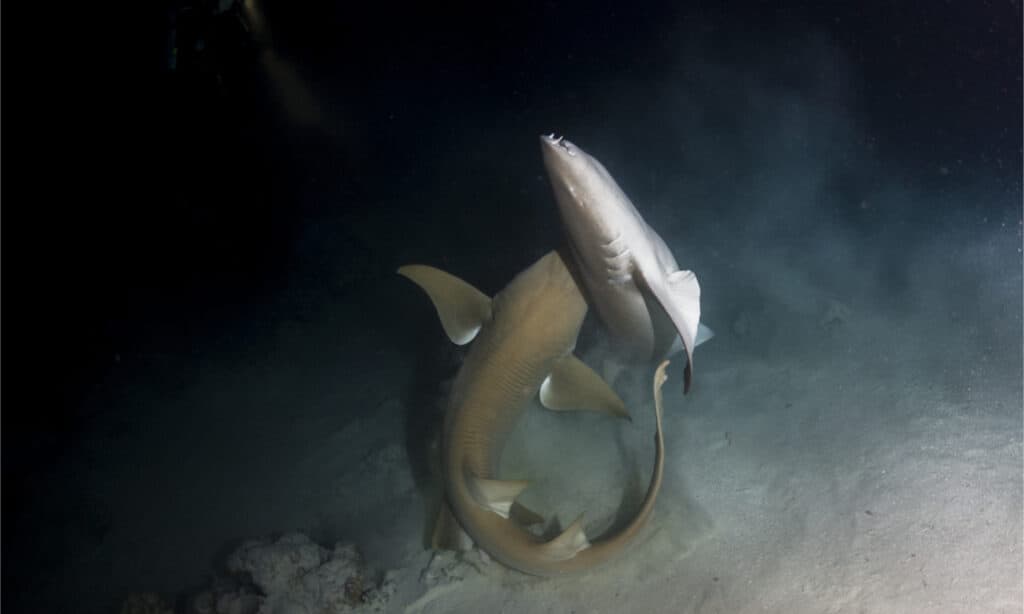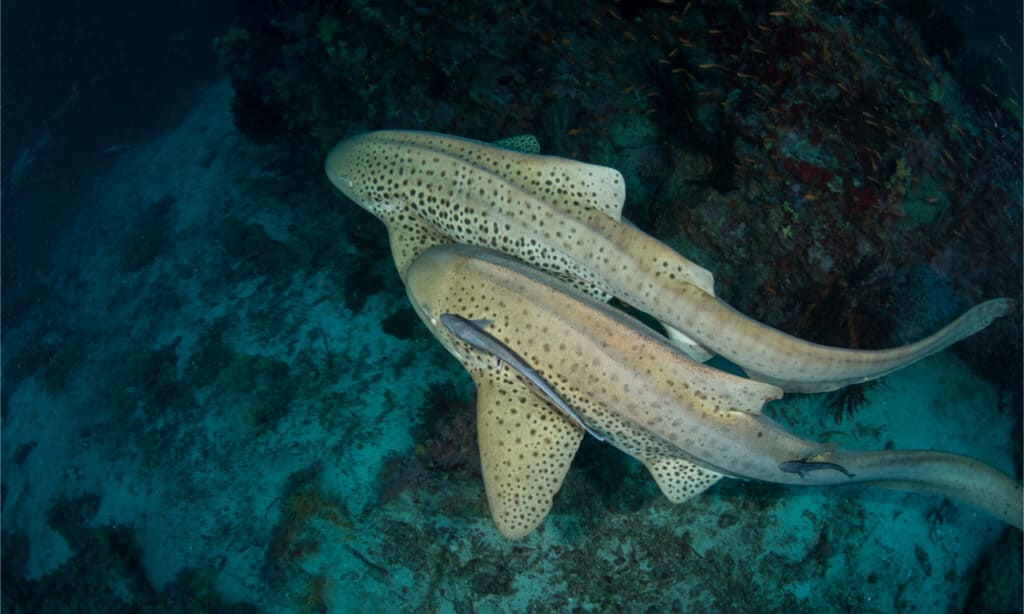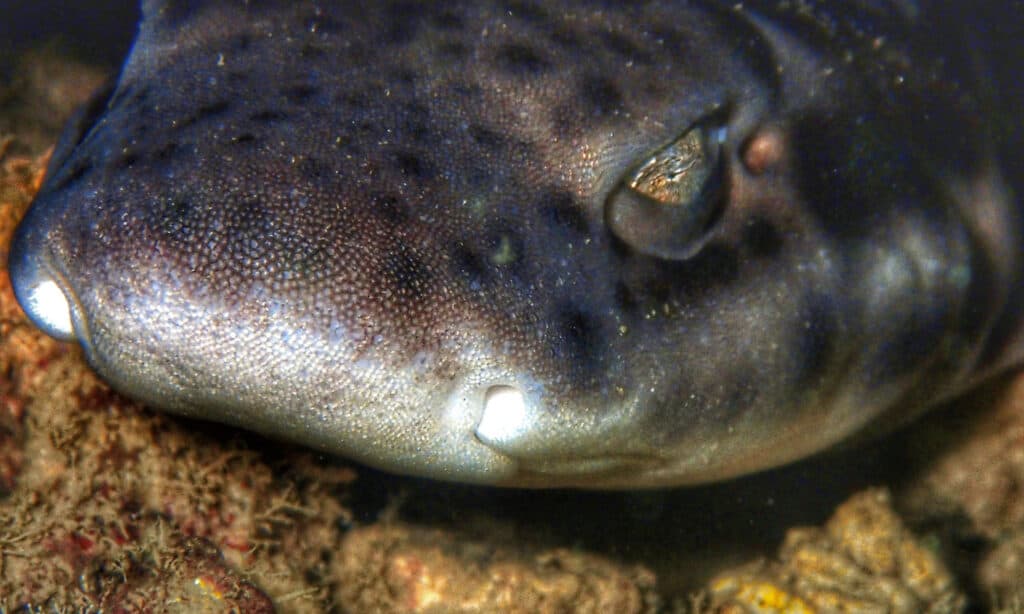All living animals, may they be land animals, aerial, or marine, mate with each other in order to bring about progenies and continue their line of species. We are far more knowledgeable about how common mammals mate and reproduce, such as dogs, cats, or horses because we often see them reproducing on land. But beyond our general knowledge about land mammals’ reproduction process, we know nothing else. When it comes to marine species, such as fish, crustaceans, or whales, we have little knowledge about how they reproduce. Even entertainment films such as Finding Nemo never portrayed how fish reproduce, which poses the question, how do sharks mate?
Before we answer that question, let us be clear about one thing first – do sharks mate? The quick answer is yes. Most animals reproduce sexually, which means they need to have a mate or a partner to reproduce with. However, there are also living things that reproduce asexually, meaning they don’t need anyone or anything else to reproduce. They can produce offspring on their own. While there have been scientific reports of sharks capable of reproducing on their own, this is not the common and general process for most species. Other shark species, such as blacktip sharks, white-spotted bamboo sharks, and bonnethead sharks, have been shown to reproduce asexually. Below, we will explore the science behind how sharks mate, their reproduction process, and more.
How Do Sharks Mate?

The claspers of male sharks have grooves which help transmit their sperm into females.
©nicolasvoisin44/Shutterstock.com
Interestingly, sharks mate in a different way as other fish species do. Sharks mate and reproduce through internal fertilization, like mammals. Internal fertilization means that, similar to mammals, the male and female sharks must actively come together in order for the male to transmit his sperm to the female and fertilize her eggs. Other fish species, on the other hand, discharge enormous numbers of eggs and sperm to the water at the same time. Male sharks’ claspers, which are appendages on their pelvic fins, have grooves which help in transmitting sperm inside a female. After implantation, the male releases sperm and seawater into the female, and the eggs are fertilized within the female’s body.
If you’re familiar with mammalian mating practices, you might be wondering how sharks manage to accomplish such a difficult physical feat in an aquatic environment. The quick answer is that a lot of biting, beating, and rolling is involved.
Do Sharks Mate Aggressively?

Sharks mating usually involves a lot of biting.
©John Back/Shutterstock.com
As mentioned above, sharks mate in a very chaotic way that involves a handful of biting and thrashing. During mating, the sharks are violent, and the females actively avoid the males thereafter. Male sharks nip female sharks on the head or pectoral fin during the process, leaving serious wounds.
When mating commences, a male shark will swim beside or beneath a female shark to mount her. In order to keep themselves together during mating, the male will frequently bite the female shark. Both sharks frequently finish up with wounds, making this a painful operation.
How do sharks mate and make it out of the process in one piece? Luckily for both parties, the bites they deal and receive do not seem to be especially grievous. Hence, it does seem they do live to repeat the procedure and mate another day.
What Does Shark Mating Look Like?
When a female shark is ready to breed, she is supposed to send out pheromones or chemical signals to alert any males nearby. Most shark species have never been seen mating in the wild as mating occurs most often in deep or muddy seas.
As a result, little is known about the process. Great white sharks and whale sharks, for instance, would travel long distances to find the perfect spouse. The majority of shark breeding grounds are situated along coastlines and estuaries because these locations contain shallow, warm waters and abundant food sources, making them perfect for shark pups to thrive. Hammerhead sharks and great white sharks, in particular, conduct elaborate mating rituals that include displays of power and even dancing.
Biting is a common tactic used by sharks to attract the attention of females. After mating, female sharks often have bite marks all over their body, albeit these bites aren’t as vicious as feeding bites.
However, not all sperm are used at the same time. The brownbanded bamboo shark, for instance, can reserve sperm for later use. Some females also mate with multiple males and fertilize their eggs with diverse sperm, resulting in various fathers for the pups in the same litter.
How Do Sharks Lay Eggs?

Oviparous sharks deposit eggs which are usually protected by a leathery egg covering.
©iStock.com/Josephine Julian
With the question “how do sharks mate?” answered, it’s time to discover just how sharks produce new life, following the process.
Sharks come in over 500 different species with a wide range of habits. They lay eggs in three main ways: oviparity, viviparity, and ovoviviparity.
Oviparous sharks lay eggs which are usually protected by a leathery egg covering. Species that lay eggs include bamboo sharks, swell sharks, bullhead sharks, carpet sharks, and others. Viviparous species have a placenta to nourish and sustain their offspring, and their pups are born alive and fully formed. Ovoviviparity, on the other hand, is the act of laying eggs inside the body.
Ovoviviparity is the common method of reproduction for sharks. These eggs hatch, and the pups stay inside for a time. After that, they are finally born alive and fully formed. The eggs in these species are not laid until the yolk sac has been absorbed, the eggs have developed, and the eggs have hatched, after which the mother gives birth to miniature sharks. The yolk sac is the source of nutrition for these juvenile sharks. Sharks that form in egg cases go through a similar process, apart from the fact that the sharks are born alive. Cannibalism occurs in some shark species when the first pup to hatch eats the other eggs while still inside its mother.
Thresher sharks, whale sharks, lantern sharks, frilled sharks, basking sharks, shortfin mako sharks, tiger sharks, angel sharks, and dogfish sharks are examples of ovoviviparous species. The gestation period of ovoviviparous sharks is unknown. However, it might take anywhere from a few months to over two years.
The photo featured at the top of this post is © iStock.com/richcarey
Thank you for reading! Have some feedback for us? Contact the AZ Animals editorial team.






